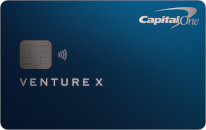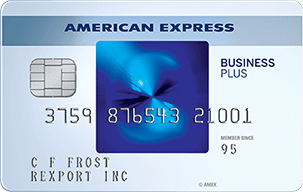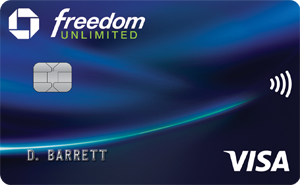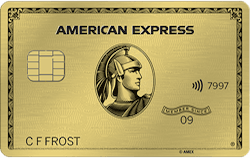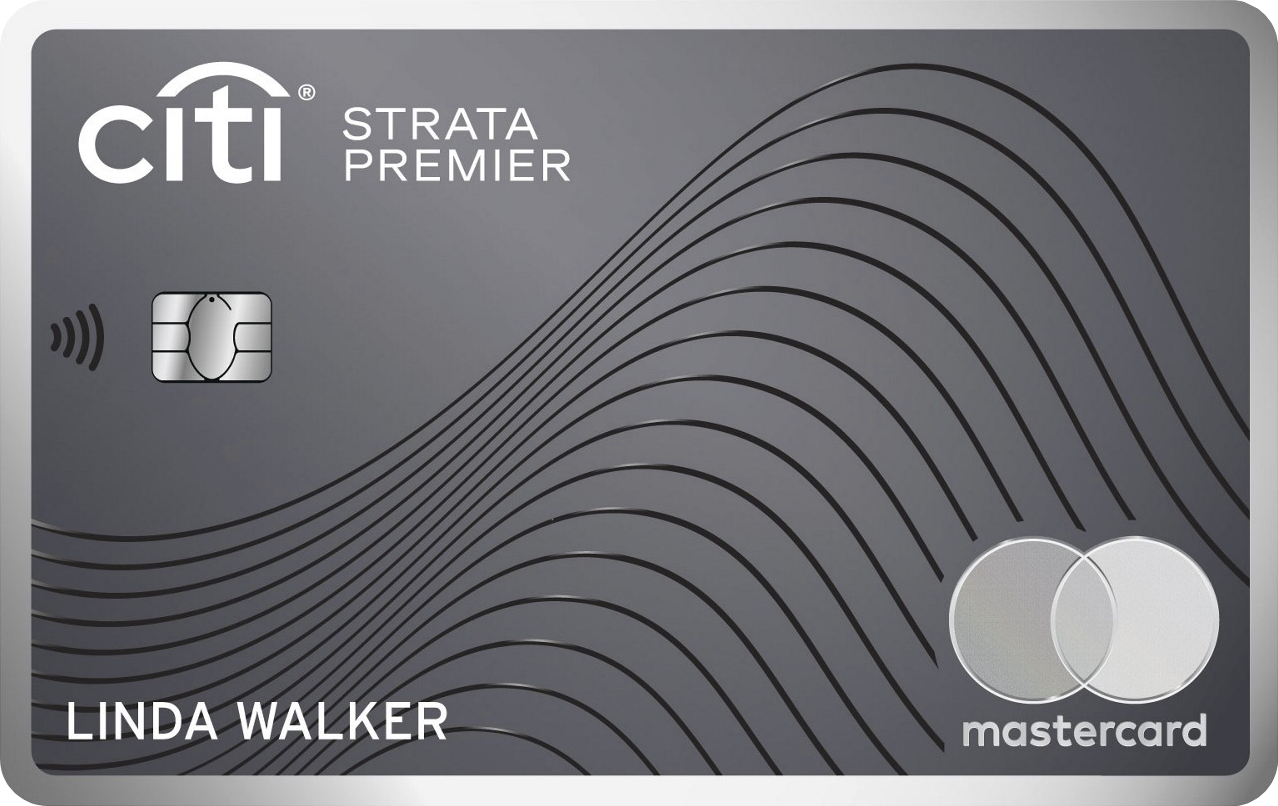The game of flipping credit cards to earn free travel may be nearing an end.
Here is why. There is talk in Washington that the Republican legislature may seek to limit the interchange fees that credit card companies can charge to small vendors, and to peel back legislation that previously forbade offering a discount for cash payments. These actions would significantly limit the ability of credit card issuers to become profitable quickly with virtually each new cardholder.
JP Morgan Chase, the largest credit card issuer in the US, is already limiting the ability of cardholders to flip cards through its 5-24 rule. As we discussed in this article, the rule is being applied with a heavy hand, regardless of the number of transactions, number of business cards or other transactions that you conduct with bank. Chase has control of many of the most attractive areas of this market and driven this market. Its actions would seem to indicate that, even without legislative change, it may not be so easy to rack up travel rewards through just quickly flipping credit cards going forward.
See the best credit card sign up bonuses.
As the game ends, or at least gets a little more challenging, it is time to look at the best strategy for continuing to maximize the money you receive from your credit card usage, and to plan to keep the cards that work best for you and your needs while discarding those where your recurring spend may not work as well.
See the best credit travel and reward cards for recurring spend.
As you do that, here are some things that I recommend.
First, consider going back to what you were doing before you started the flipping game. For me, the Starwood card provided the most value for more than 2 decades. While Amex only lets you get the sign up bonus twice (once for a personal account and once for a business account), the points have always had real value, arguably even more now that they are convertible to Marriott points at 3 to 1.
Second, look at those cards that provide added value over the long term. The Amex Platinum card provides all sorts of purchase protection that other cards do not offer, the Chase Sapphire cards offer better liability protection for rental cars, and the Citi Prestige card offers a fourth night free on hotels booked through the card’s service center. These cards have hefty fees, but may be worth renewing if the value is there. And, importantly, you probably should not cancel them with the intent of getting them again later for a new bonus, as that may no longer be possible soon.
Third, consider those cards that give you the most flexibility. In our view the cards that provide the most flexibility are the Barclays Arrival World Elite Mastercard which sets your redemption value at 2.10%. and the Bank Americard Travel Rewards Credit Card which sets your redemption value at 2.625% and requires that you have $100,000 on deposit with either Bank America or Merrill Lynch. Among the major point earning programs, Chase gives you the most flexibility and when you are done flipping, the Chase Freedom Unlimited is well worth a look. It provides you with 1.5 points on every dollar spent, and those points can be transferred to a host of great travel partners so long as you also maintain a Sapphire Reserve, Sapphire Preferred or Ink Plus account.
